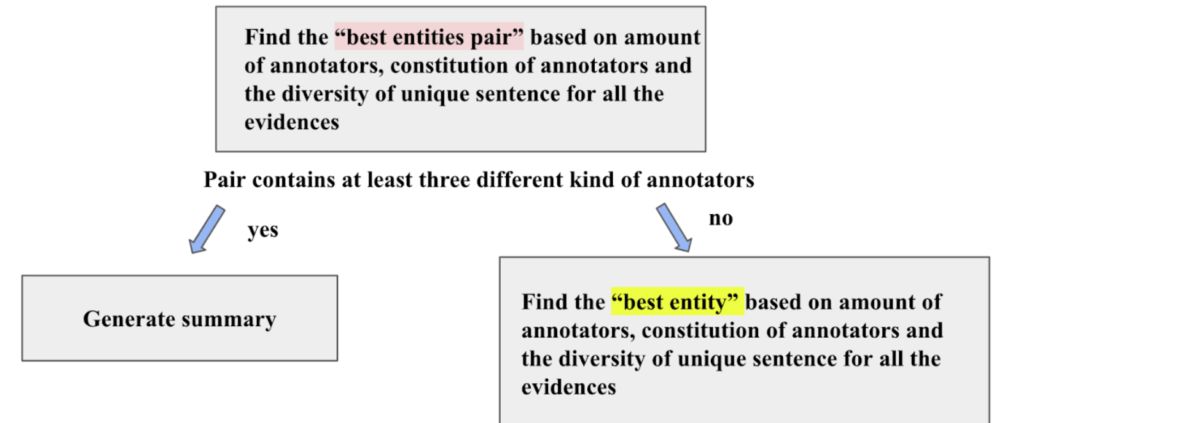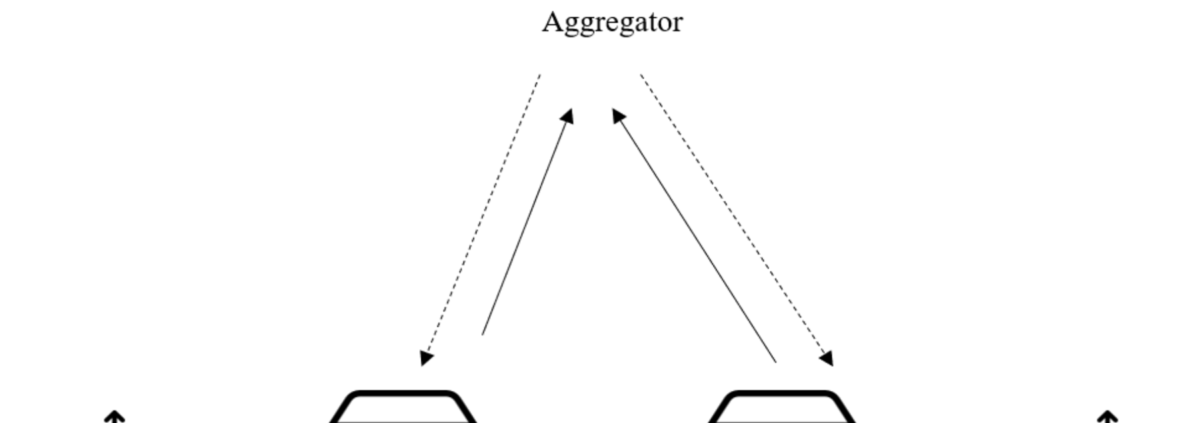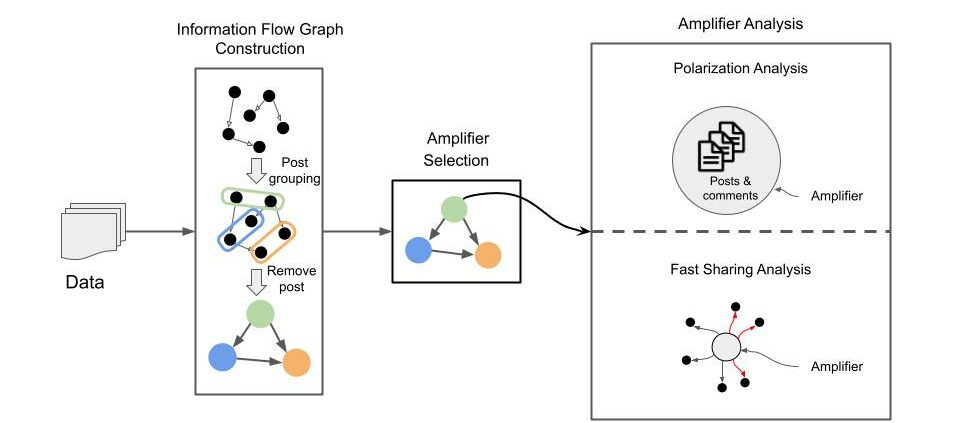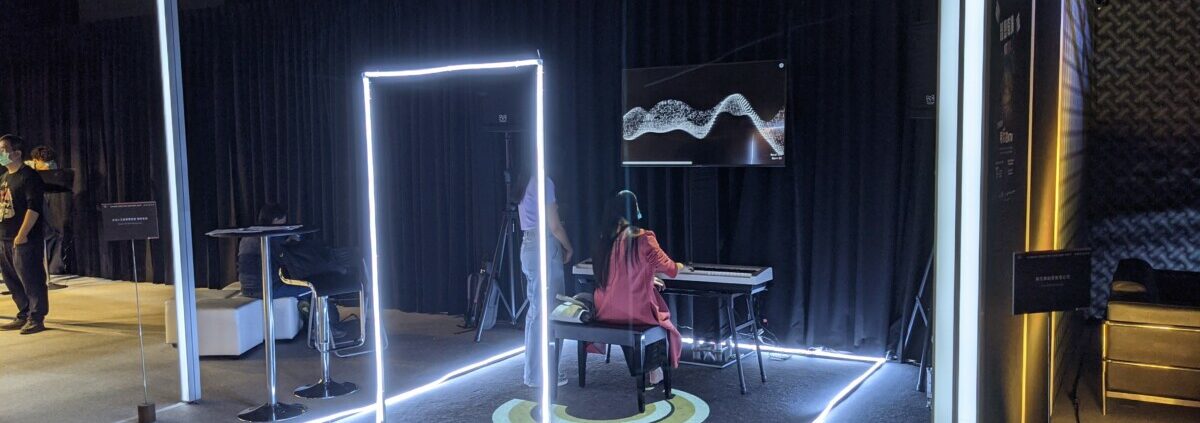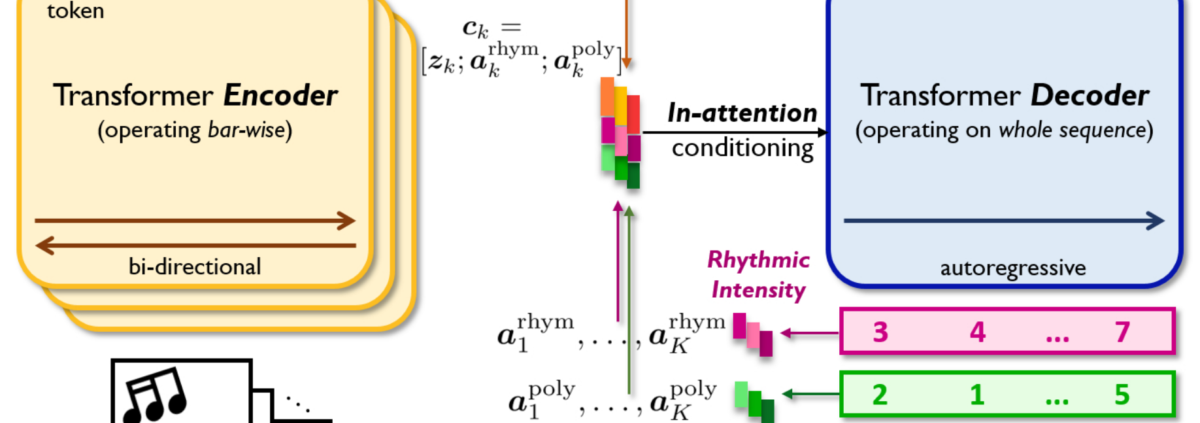Extracting The Most Significant and Relevant Relational Facts From Large-Scale Biomedical Literature
pubmedKB is “a novel literature search engine that combines a large number of state-of-the-art text-mining tools optimized to automatically identify the complex relationships between biomedical entities—variants, genes, diseases, and chemicals—in PubMed abstracts” (Li et al.).
The Third-Party Federated Learning Model Interfacing
Federated learning(FL) is a deep learning approach that trains a model across multi-center without data circulation. Without the local training dataset exchangement in each center, the data can be well protected and more private.
Hovering Around a Large Scene with Neural Radiance Field
Neural Radiance Field (NeRF) has been a popular topic in computer vision since 2020. By modeling the volumetric scene function with a neural network, NeRF achieves state-of-the-art results for novel view synthesis.
Enhance MIDI Generation with Harmonic and Rhythmic Features
Music generation at Taiwan AI Labs is based on the generation of note sequences. This approach preserves most details of a piece of music, but to the human ear, music is not only a set of notes, but the patterns that are formed by them. This is exactly what chorder and groover aim to achieve; […]
Investigating the Impact of Facebook Polarization on the 2021 Taiwanese Referendum
Taiwan has four important upcoming referendums on December 18, 2021. “Pork Imports”, “Referendum Dates”, “Nuclear Plant”, “Algae Reef Protection.” According to previous research, disinformation and manipulation of the media could influence public opinion on topics like these referendums. This study will examine how Facebook has affected the polarization of public opinion on these topics over the previous eleven months. The phenomenon of public opinion polarization and the factors affecting policy support and political attitudes will be analyzed using artificial intelligence technology. The polarization impact of pages that demonstrated evidence of potential media manipulation through coordinated behavior were considered. Within these pages, those that were shared most often are referred to as “amplifiers.”
Exploring Atypical Online Coincidental Behavior on PTT
This study focuses on atypical coincidental behavior on the Taiwan social media, PTT1, to discover attempts to manipulate public opinion during the outbreak of the COVID-19 in Taiwan from May through August 2021.
The Challenge of Speaker Diarization
Introduction Speaker Diarization is the task to partition audio recordings into segments corresponding to the identity of the speaker. In short, a task to identify “who spoke when”. Speaker diarization can be used to analyze audio data in various scenarios, such as business meetings, court proceedings, online videos, just to name a few. However, it […]
Lyrics-free Singing Voice Generation
The conventional approach to generate singing voices is through singing voice synthesis (SVS) techniques. A human user feeds lyrics and MIDI scores (a sequence of notes) to a well-trained SVS model, and the model generates audio recordings following the given lyrics and scores faithfully. The synthesis models have little freedom deciding what to “sing.” In […]
MuseMorphose: Music Style Transfer with A Transformer VAE
At Taiwan AI Labs, we are constantly pushing the frontier of deep music generation models. In the past year, we have rolled out Guitar Transformer (blog), which can compose human-readable guitar tabs with plausible fingerings, and Compound Word Transformer (blog), which vastly accelerated model training and inference thanks to carefully re-engineered music representation. Today, proudly making its debut […]
It is Enough to Take Only One Image: Re-exposure Images by Reconstructing Radiance Maps
Fig. 1 (Left) original image (Middle) result image of adjusting the brightness directly (Right) result image of adjusting the exposure on our reconstructed radiance map. Nowadays, more and more people like to take pictures with smartphones and post on social media to share beautiful photos with their friends. Usually, they do some image editing before […]

